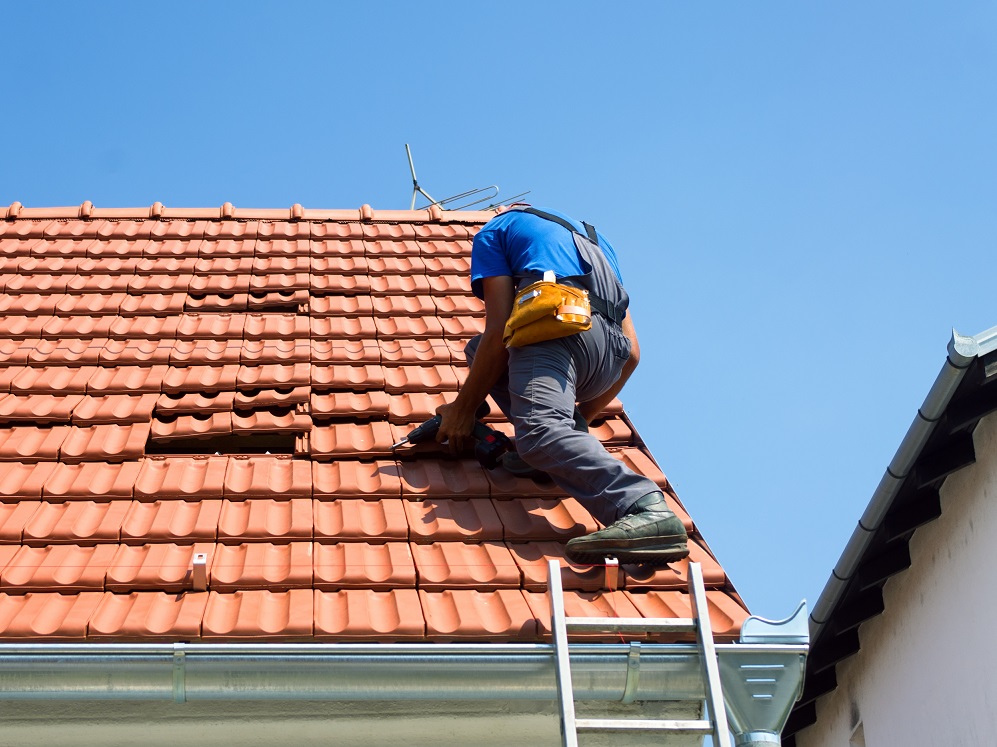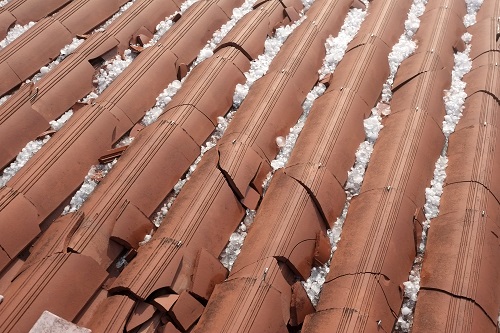 Tropical cyclones may not be frequent in Perth compared to other areas. However, when they (or storms) hit, they usually cause significant damage in the history of the city’s weather conditions. Delivering heavy amounts of rainfall can quickly ruin your roof.
Tropical cyclones may not be frequent in Perth compared to other areas. However, when they (or storms) hit, they usually cause significant damage in the history of the city’s weather conditions. Delivering heavy amounts of rainfall can quickly ruin your roof.
The good news is that the roofing systems today are built sturdily. They are designed to withstand even the harshest of all weather conditions that Perth could experience. However, some extreme cases can leave damages to your roof and you may not even know about it.
As a homeowner, how can you tell if you have a storm-damaged roof? With the constant downpour, can you detect the signs that your roof needs a little bit of your attention?
Roofing is a big investment, so it is imperative that you take care of it before it is too late.
How to Tell if the Storm Damaged Your Roof
It can get confusing because the storm can hit just one section of your roof while the others stay intact. Some homeowners only inspect what they can see from below. When you look up and you do not notice any signs of damage, you may be tempted to leave the roof alone. However, the next rainfall may show you how wrong you were with your decision.
You may also think that the problem is not because of the storm. Your roof may have been around for years and the problems it is facing could be due to its normal ageing process. To help you out, there are a few signs to watch out for. Look for the following symptoms below which tell you the storm damaged your roof and you have to do something about it:
1. Debris
Debris almost everywhere is common right after a storm. Storms can easily bring strong winds, which cause the scattered debris lying around. These pieces should already make you think your roof may have suffered from damage during the storm.
If tall trees surround your home, there is a huge chance that branches from these trees landed on your roof. The small branches and twigs are not often the issue here. If heavy branches hit your roof, however, it should be alarming for you. They are often big and weighty, so it is easy for them to create massive damage to your property.
Many extreme cases lead to roofs needing replacements right away because of these debris damages. Therefore, you should always take the time to inspect your roof to ensure all is in good condition.
2. Hail

You do not need an expert to tell you that hailstorms are among the most destructive natural calamities. Perth has had a fair share of hailstorms, including last August 2019.
During that time, severe thunderstorms also took place and relentless heavy showers continued after the hailstorm. Rainfall reached up to 10mm, which was why authorities had to warn drivers to be extremely careful when driving on the roads.
Even when you are at home under the comfort of your roof, a hailstorm can still affect you. The problem with hail damages is that they can be expensive to fix. They can come in varying sizes, but the most worrisome is their intensity. They can speedily hit your roof, causing cracks, granule loss, and missing parts.
You should always do a thorough check of your roof after the hail has passed. You will often see punctures, scratches, and dents on your roofing. They are not easy to miss, which is why you should act immediately. However, there are also some instances where the marks would be hard to spot. If you do not fix them right away, these cracks and holes can become a path for water to enter your home.
3. Wind
You should not underestimate the damages that strong winds can cause. Depending on the intensity, these winds can blow off the roof deck. Even weaker winds can raise some parts of the roof. When you see that there are a few missing or displaced shingles, you may think it would not matter much if you ignored them.
Incomplete shingles or those that are no longer intact can invite leaks into your home. Recurring leakage can severely damage your home’s interiors, including the foundation. It is also inconvenient since you need to deal with the leakage that can drip onto your furniture, appliances, and electronics for instance.
The walls, paint, and siding will also be affected because moisture will dampen these areas. You may not notice that they are slowly deteriorating until the problem has gotten so much worse than you can handle.
What to Do Next
After the storm has passed, you should put in the effort to inspect the following elements:
- The condition of the shingles
- Flashing (if anything is missing along the roof edges, chimneys, vents, and skylights)
- Pealing sealant
- Water damage along the ceiling or your attic
If you do not see anything wrong, do not give up just yet. Most of the time, homeowners cannot spot the problem areas right away. In this case, you should call a trusted roofing company with professionals who can help you deal with these storm damages.
More often than not, you will have to replace your roof after a storm, especially if it is already old. If you experience any leaks and other problems, you may also have to replace your existing roof. Have a professional advise you on whether or not you should switch to a new roof or have the old one repaired first.
You may be tempted to do the roofing work on your own. It will certainly save you money but you can end up regretting this decision. Unless you are extremely experienced in fixing your roofing, it is always best to leave all the work to real professionals.
If you intend to do a little bit of work on your own while you wait for the pros, here are a few things to bear in mind:
- The severity of the storm damage can have a huge impact on your roof’s health – How your roof handles the damage will depend on the roofing materials used, age and slope of the roof, and the overall quality of the construction.
- How much your insurance will cover – The level of damage will influence your insurance claim. It typically depends on the impact of the storm, the amount of rainfall, and the intensity of the entire damage.
- Consider the shingle layers – The number of shingle layers can directly affect the amount of damage your roof may have sustained. If you have a softer layer, which is the second layer, is more prone to damage. There is not a lot of support on this underlying surface, compared to the thicker layer on top.
- Take some photos if needed – It is helpful to document the damages, which will make your insurance claims much easier and less stressful.
Call the Experts
Finally, you need a company that you can rely on. Roofing companies are all over Perth but there is only one name you can trust: Perth Roofing and Gutters.
Call us today on (08) 6245 1204 and provide a detailed report of the incident. This way, site inspection can be done promptly. You can talk about how to collaborate with the company to make the process much easier.
